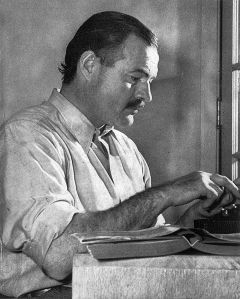Recently I have found that some of the finest stories I have ever read are also some of the shortest. This is because I have discovered the relatively recent (or at least recently defined) story form known as flash fiction.
There are more interpretations of flash fiction than you can shake a short stick at. In essence, flash fiction is a style of fiction defined by its brevity. But how brief?
One of the first recorded uses of the term ‘flash fiction’ was in the 1992 publication, Flash Fiction: Seventy-Two Very Short Stories by
A story that would fit on two facing pages of a typical digest-sized literary magazine.
Excellent! You can read a story without any of the stress of turning a page.
Flash Fiction Online, an excellent repository of original and classic flash fiction, as well as advice and interviews, defines the form as:
Stories from 500 to 1,000 words in length.
They’re very short, but they are still stories. That means the best ones have strong, interesting characters, plots, and (to some extent, at least) settings.
I particularly like the second paragraph because first and foremost a piece of flash fiction must be a good story. Brevity alone is not enough.
So 500 to 1,000 words. I admit I prefer my flash fiction on the flashier side, so 1,000 words is a bit on the long side for me. That’s getting dangerously close to a short story. A story that long may even involve some of that pesky page turning or excessive scrolling and I just don’t have the time for that. I good piece of flash fictions takes a couple of minutes to read but leaves a lasting impression.
In China, flash fiction is often called ‘smoke long’ because it can be read in the time it takes to smoke a cigarette. I could be vulgar and say flash fiction could also be known as ‘dump long’ because it can be read in the time it takes to take a dump. But I won’t.
Closely related to flash fiction is micro fiction which is shorter still, usually under 300 words. One of the most famous pieces of micro fiction is often credited, rightly or wrongly, to Ernest Hemingway, who accepted a bet from a friend that he couldn’t write a short story in under ten words. He needed only six:
For sale: baby shoes, never worn.
Very powerful, I’m sure you’d agree.
In this blog I’ll be posting some of my own efforts at writing flash fiction, sharing great stories that I’ve found, and offering advice on writing and reading flash fiction.

